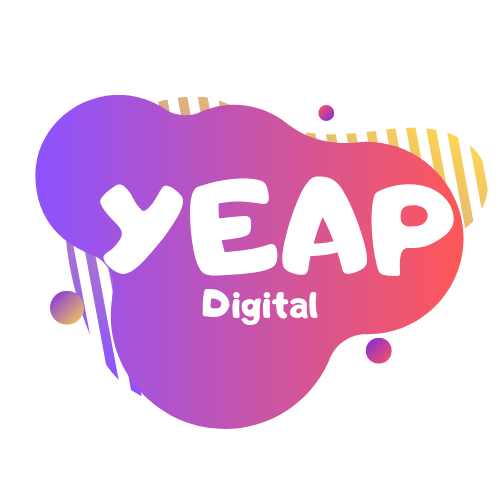What is Minimalism in Web Design?
We explain what is minimalism in web design and what are the essential features of minimalist website design in this post. But first: what is minimalism? Minimalism, a very important trend in terms of visual arts and design, is an art movement that developed in New York in the late 1950s and continued to gain popularity in the following years. Minimalism continues to be the most influential trend in contemporary art, architecture, design, web design, music and more.
The minimalist web design strategy aims to improve the user experience by excluding unnecessary elements or content. Simplifying websites and reducing them to only essential elements, affect both the user interface and the content of the website.
It is a common misconception that it is easier to prepare a minimalist design since minimalism is associated with concepts such as simplicity. However, if you look into the successful and converting minimalist web design examples you can see that it is not the case. You can easily realize that it takes more experience and more creativity to build a minimalism-inspired website compared to other types of designs.
Visual elements to be used in minimalist web design should be determined in a way that will highlight the content and give the user experience a clear and understandable form. Because, in essence, the goal in minimalism is to convey ideas as simply as possible and to give the user a simple yet productive experience.
In this article, we explain the 4 essential features of minimalism in web design.
Essential Features of Minimalist Web Design
Graphic Design and Images
Images, drawings, and design composition are interlocking elements in minimalist graphic design. They should assist in reaching the goal of clarifying messages and communicating more effectively with the viewing audience. It is vital for graphics and images to be relevant to the subject and provide integrity.
Empty Space
Empty space (or negative space) is one of the most important tools for creating successful compositions in minimalist design. The free space surrounding the main element emphasizes its distinction and makes it more visually stimulating. This leaves a lot to the viewer’s imagination and makes the graphics and photos more effective.
Typography
Typography has an important role in every aspect of our lives. Using a maximum of three different fonts on a website is a good practice. Otherwise, too many different fonts may cause visual complexity in the design. In general, choosing a font for the titles, a separate one for the body where the main text is, and another one for custom text that will facilitate interaction will bring desirable results.
Correct Colour Choice
The choice of colours for text, background and visuals in the minimalist design should have a strategic approach. It should not be intense depending on the area it is used and should not be eye-tiring colours. A coherent colour combination can help you create simplicity, understandability and clarity. All the colours chosen in a proper way are acceptable.
Conclusion
Minimalist web design has gained popularity in the past several years. Minimalist design logic, advocates getting rid of the unnecessary elements and prepare more understandable useful functional web designs. The most important goal is to create websites that people can use comfortably. This will lead to better user experience.
It is true that minimalism has been very trendy lately. It should be noted that not all web design projects are compatible with minimalism. So it shouldn’t be applied just because it is popular. Minimalism may not be the right option for every business. You should think about what your brand is telling and what kind of target audience it has. Shaping the design and the user journey accordingly is important.




